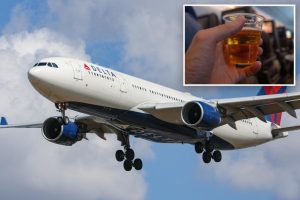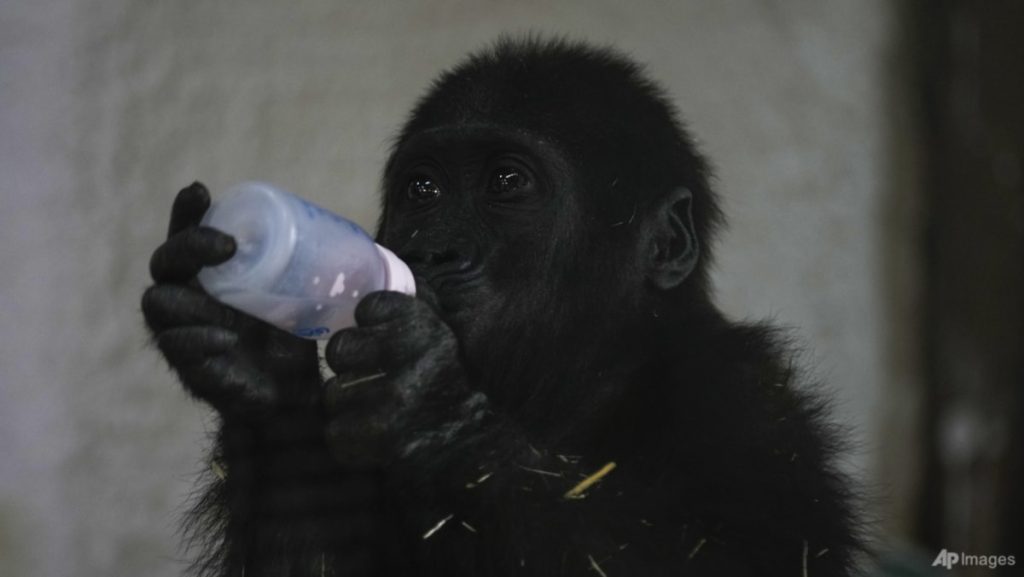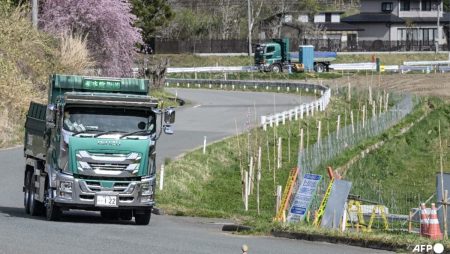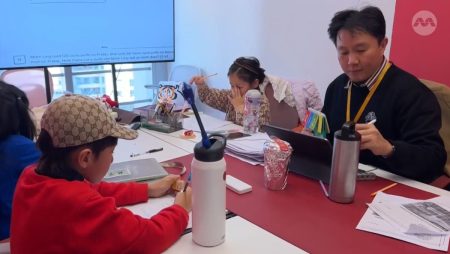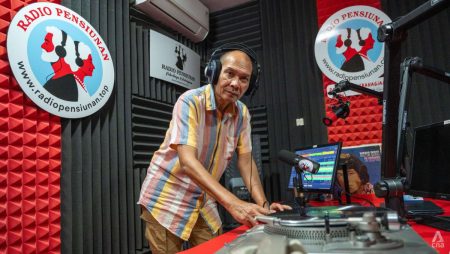The discovery of a five-month-old gorilla, concealed within a box in the cargo hold of a Turkish Airlines flight en route from Nigeria to Thailand, sparked a wave of concern and action in December 2024. The young primate, now named Zeytin (meaning “Olive” in Turkish), was thankfully rescued and placed under the care of professionals at the Polonezkoy Zoo in Istanbul. While Zeytin’s immediate safety is assured, the focus has shifted to determining the best course of action for her future, with a strong emphasis on repatriation to her natural habitat.
Zeytin’s unexpected journey highlights the persistent challenges of illegal wildlife trafficking. The circumstances surrounding her transport remain shrouded in mystery, raising questions about the origins of the gorilla, the individuals involved in her illegal shipment, and the intended destination. The fact that such a young and vulnerable creature was subjected to the stresses of air travel, confined within a box, underscores the cruelty and disregard for animal welfare often associated with this illicit trade. Turkish authorities, in collaboration with international organizations, are likely investigating the incident to uncover the full extent of the operation and bring those responsible to justice.
The decision to name the gorilla Zeytin followed a public competition, engaging the community and further raising awareness about the young ape’s plight. The name, signifying peace and resilience, embodies the hope for a positive outcome for Zeytin. At the Polonezkoy Zoo, she is receiving specialized care tailored to her age and specific needs. Veterinarians and animal care specialists are closely monitoring her health, providing a nutritious diet, and creating an environment that fosters her physical and emotional well-being. While the zoo provides a temporary sanctuary, it is universally recognized that a zoo environment cannot fully replicate the complexities and richness of a gorilla’s natural habitat.
The primary objective for Zeytin’s future is her eventual return to her native environment. Fahrettin Ulu, regional director of Istanbul Nature Conservation and National Parks, has emphasized the importance of repatriation, stating that the ideal scenario is for Zeytin to live in her homeland. This process, however, requires careful planning and collaboration with authorities in the gorilla’s country of origin, presumably a nation in West or Central Africa. Identifying the specific subspecies of gorilla and pinpointing her exact origin will be crucial to ensuring her successful reintegration into a suitable wild population.
Ensuring a safe and sustainable return for Zeytin necessitates several critical steps. First, her precise origin and subspecies must be determined through genetic testing and consultation with experts. This will allow conservationists to identify a suitable troop for her reintroduction. Second, the chosen habitat must be assessed for its suitability, considering factors such as the presence of existing gorilla populations, available resources, and the absence of threats like poaching or habitat destruction. Third, a carefully structured reintroduction program is essential. This may involve a period of acclimatization in a sanctuary within her native country, followed by gradual integration into a wild troop, ideally one with other young gorillas.
Beyond the immediate concerns for Zeytin’s welfare, her story serves as a stark reminder of the broader context of wildlife conservation. Illegal wildlife trade poses a significant threat to countless species around the globe, driving population declines and pushing some towards extinction. The demand for exotic pets, traditional medicine, and other wildlife products fuels this destructive trade. Combating this requires international cooperation, strengthened enforcement of existing laws, and increased public awareness. Zeytin’s case highlights the importance of collaborative efforts between governments, conservation organizations, and local communities to protect endangered species and ensure their survival for future generations. Her journey, from the confines of a cargo box to the potential return to her natural home, represents a symbol of hope and a call to action in the fight against wildlife crime.

